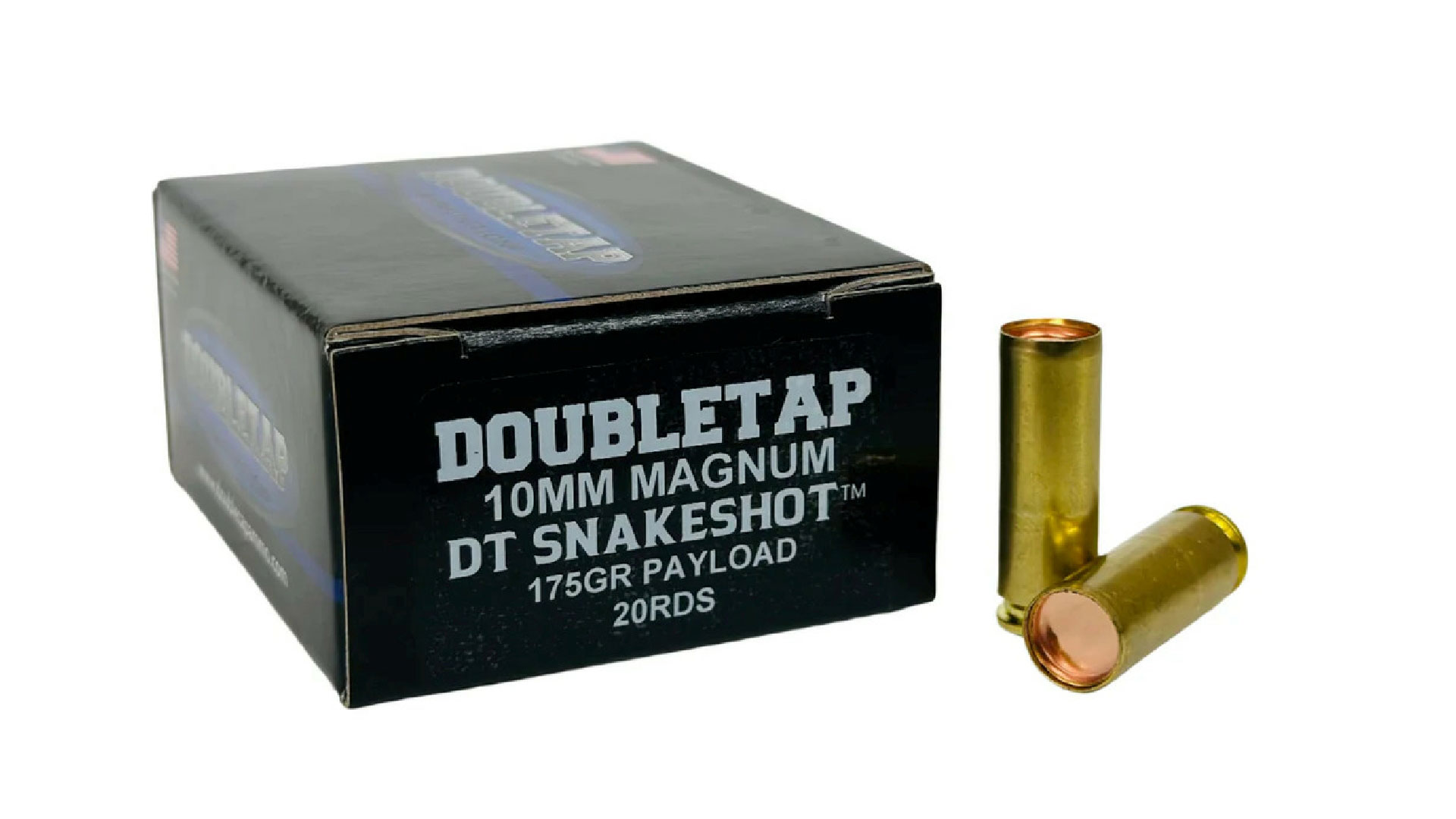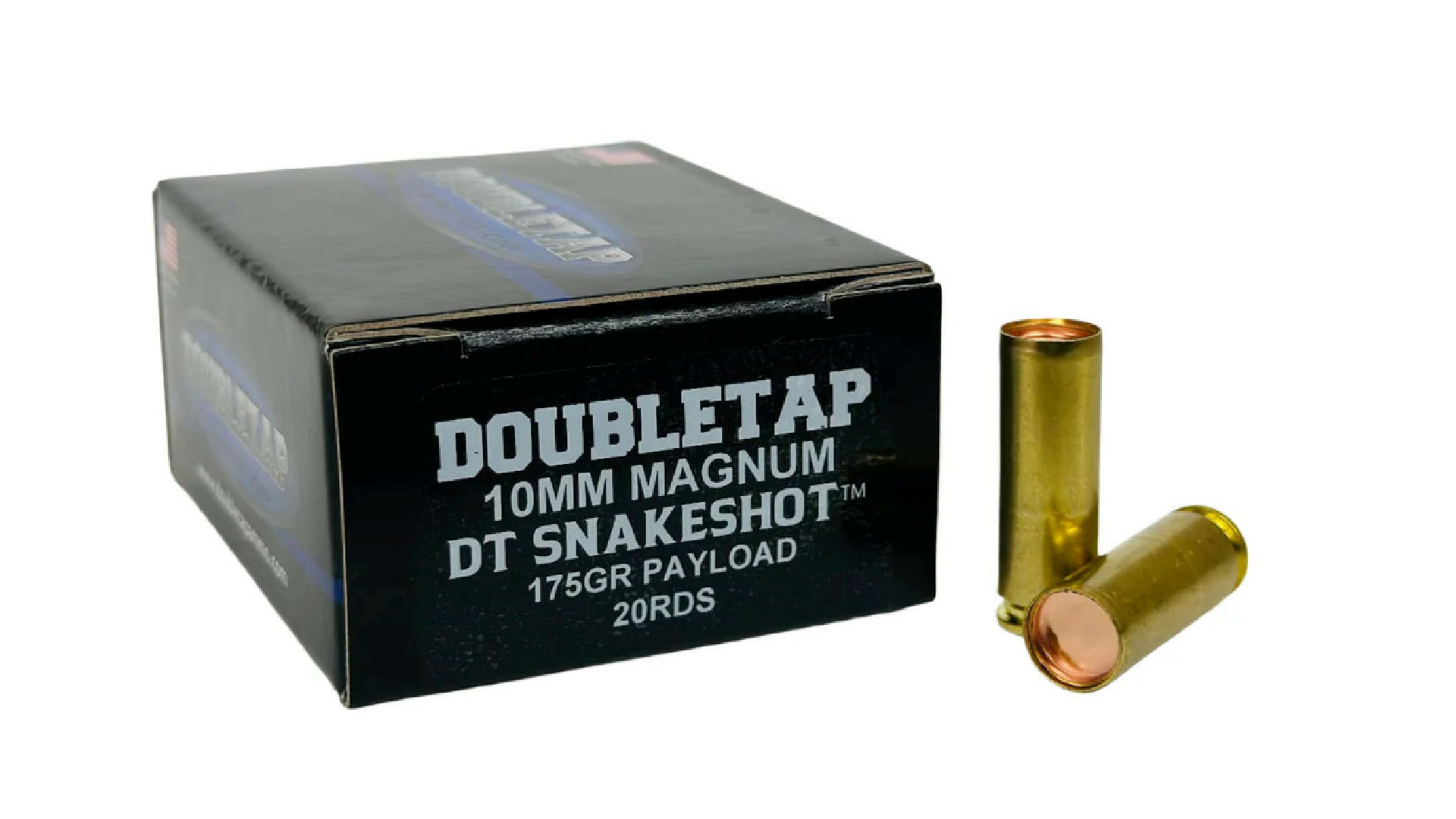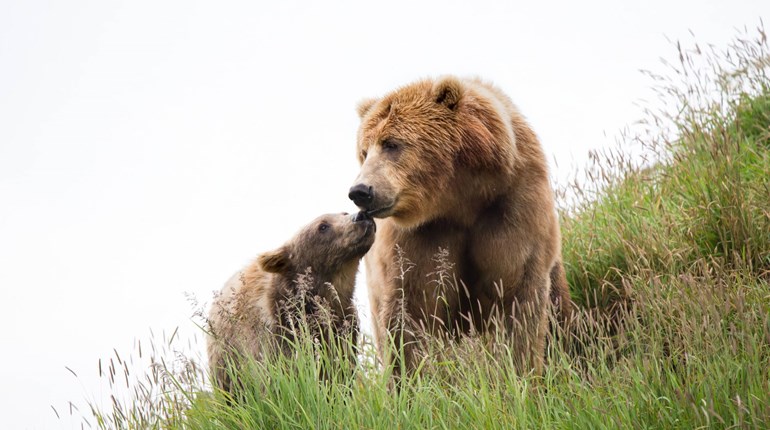
Opening day is a big deal. As a young duck hunter my entire life revolved around that date. But it is not a widely anticipated event among bowhunters. We tend to have one-track minds—we see the rut and only the rut. And since opening day—usually Oct. 1—is a month before we can expect to see rutting activity, we tend to forget the season even has a starting point. In certain situations, overlooking October can be a big mistake. But you can also make mistakes in October if you don’t plan and hunt it correctly.
You can break down October’s opportunities into two categories: opening week and any cold-front event. In early October, there is still a fair amount of consistency in a buck’s routine and your odds of finding him on food are still very good. Early-season buck behavior revolves completely around bedding areas, feeding areas and the trails in between. You should focus on those same patterns as well. The best early-season approach for you depends on how much you know about the bucks you are hunting.
Trail-Camera Scouting
If you are able to pattern a buck or two using trail-cameras, you have a definite advantage. Wait until you know at least one shooter is moving during the day and then make your move to hunt him immediately.
It makes sense to be more aggressive on the initial hunt when you know the odds for success are high. Don’t take foolish risks of spooking deer by setting up with a bad wind or not having a good exit strategy, but when you know the odds are high, you need to be aggressive. This may be the only chance you have all season at that buck, so don’t get caught on the sidelines when he is vulnerable. Daylight photos are definite green-light situations, so go for it.
Traditional Scouting
If you don’t have trail-camera photos to guide your October moves, a succession of three stands, starting with the lowest risk and moving toward the highest risk, is the best strategy.
Start with stand No 1. It should be an observation stand. You need to know what the deer in the feeding area are doing—not just the bucks, but all the deer. You will have to elude detection from all of them before the bucks come out and even after the hunt as you sneak away from the stand. If you spook them at any time before, during or after the hunt, you will have a very hard time killing a mature deer in that area for a while; it could be as long as a couple of weeks or more.
Study the deer movements and figure out how you can get in and out clean. Once you have a good idea of what is happening, you can make your next move.
Stand No. 2 should ideally be across from where the deer are coming out to feed. This is why I love to hunt small plots because I can set up on the opposite side and still expect shots within range. I can just hunt with the wind blowing away from the plot without worrying about being scented.
Stand No. 3 is the riskiest; I would use it only if I didn’t plan to hunt that area much longer. By moving into the cover on the side of the food source where the bucks are coming out, you increase your odds of catching them on their feet during daylight hours. However, you also run the risk of bumping them on the way in (if they are bedded nearby) or being winded while on stand. Think about it. What wind are you going to hunt when you are right in there with the deer? If you hunt a wind that blows out into the feeding area so as not to be picked off by any deer in the bedding area, you will be winded when the deer start feeding. If you hunt it on a crosswind, you are likely to be winded by deer using other trails.
There are situations where this works; notably, when there is some kind of barrier that keeps the deer from getting downwind, such as the edge of a bluff, river, lake or even an open CRP field.
Because you run the risk of alerting the deer you are hunting, thereby making them much warier in that area and less likely to move naturally in daylight, stand No. 3 should be your last resort.
October Cold Fronts
My experience during the 2002 season is a perfect example of how waiting for the November rut can be a very bad idea. I had two guests coming to hunt with me that year, scheduled to arrive on Nov. 3. Four of my friends and I were hunting the general neighborhood where these two would be hunting (just not the same farms). It turned cold briefly, and all five of us killed great bucks during the last days of October, prior to the arrival of my guests. Man, what an awesome lineup of monsters it was! My buck was the smallest with a gross score of 165 inches! My guests were jacked when they got here and saw the racks from those giant bucks. Unfortunately, everything shut down the next day as the temperatures rose. My guests had a very slow hunt; one of them left after a week during the prime days of the rut without even seeing a shooter. They must have thought we killed those bucks somewhere else, as the quality of hunting turned 180 degrees in a very short time. If we had missed that cold front in late October, my friends and I would have struggled, too.
Last season was another one in which the best hunting of the year occurred in October—early October, actually. A cold front rolled in on Oct. 5 and much cooler than normal temps hung around for about 10 days. The big bucks got on their feet. I’m not sure if there were other factors in play related to the summer of intense heat and drought, or if the very cool temps were enough to trigger this movement. Regardless, it was the best early-October hunting I have ever seen. Mature bucks were on the move, feeding in daylight and hitting scrapes as if it were November. I blew an opportunity at a giant on Oct. 5. He was a buck I had been hunting for four seasons. Luckily, I was fortunate enough to get him later in the season.
The number of big deer that fell that week throughout the country still amazes me. The success my friends and I enjoyed was typical of everyone with whom I spoke. It was the result of simply hunting early-season food sources: clover, brassicas, even corn when the bucks were on their feet. I would love to be able to offer some deep secret here to make me seem wise in the ways of whitetails, but I don’t believe there is one. We didn’t do anything special. We were just out there when the weather was cold.
If a cold front comes through in October, it is a dynamite time to be in a tree. You just have to be out there when the temperatures drop. Focus on the day the front comes through and the cool days that follow. In many places, that often lands on Halloween. It can be magical.
How to Hunt October’s Last Week
Now we move into October’s final opportunity, the transition to the rut. Most rut-hunting strategies will work in late October, but there are a few quirks to this time frame worth considering. First, the bucks are not chasing or breeding does yet. That means their anxiety level is building each day. They are likely closer to their core areas and potentially easier to find than at any other time during the next three weeks. If you have been running trail-cameras all October and have been getting nighttime photos of a nice buck in a certain area consistently and waiting for your chance to go after him, the last week of October is likely your first (and maybe your best) opportunity to kill him.
I would take that risk, even without daylight photos, and hunt him during the end of October. Again, he may never be easier to find than he is at this time. Once they start actually breeding, bucks become less active while spending time holed-up with does. They just cruise less.
You will find bucks on their normal travel routes more in late October than at any other time of the rut. These routes are made visible by the scrapes that show up along them. Again, a trail-camera over a scrape that you think is being used by the buck you are hunting will tell you a lot about what is going on out there. Once you see daylight activity, get on him immediately. You have a great chance of shooting this buck during the last few days of October.
The Element of Surprise
All through this article, I have been sprinkling in advice about the need to hunt cautiously during October so you don’t mess up your hunting area before the bucks are most vulnerable. Good strategy requires that you keep the element of surprise for as long as possible. In fact, I can take it one step further: Wait and watch and hunt very conservatively until the odds of a buck moving in daylight are highest.
You can only get away with hunting an area a few times (though some areas are set up better for undetected hunting than others) before the deer figure out something is up. So save those hunts for the times when the odds of seeing a mature buck are highest. Again, if you have special intelligence, like daylight trail-camera photos or direct sightings to guide you, you can afford to be more aggressive in October. If you don’t, be conservative and wait for the rut.
Here are a few tips to keep the element of surprise throughout October.First, avoid hunting mornings in most cases. Mornings offer few opportunities short of hunting near bedding areas. Unless you have a specific buck very narrowly patterned, save those bedding-area hunts for the rut.
Second, always have a great exit strategy from each evening stand. If you bump deer on your way out, they will be less likely to use that area during daylight in the near future. It may take a couple of weeks for them to get comfortable there again. The older deer have learned what it means when a person sneaks around their feeding areas. The best strategy is to arrange to have someone move the deer off the feeding area with a vehicle or ATV so you can get out undetected. Deer will forgive this much quicker than they will a person walking out.
Third, be smart about your in-season scouting. Only two types of in-season scouting make sense. You either have to be so sneaky that no deer realize you were there, or you have to go totally in the other direction and come off as a farmer or landowner out cutting firewood with no regard for stealth.
Surprisingly, both methods work well. It is only when you try to sneak around and don’t pull it off that you make the deer uneasy.
One additional thought: Consider wearing waist-high waders when doing any scouting and when checking cameras during the season. You want to reduce your scent signature as much as possible.
October Recapped
I have really warmed up to October over the years, or, more accurately, I have warmed up to the coldest days of October. When it gets cold in October, you can be sure I will be in a good stand near a feeding area. And as the end of October marks the transition into the rut, I’m sitting over travel funnels that I have saved specifically for this time.
For many years, I rarely hunted more than a few days in October—just enough time to fill a few doe tags. As a result, I missed a lot of action. Now, some of my favorite days of the entire season come during key days in October.




































